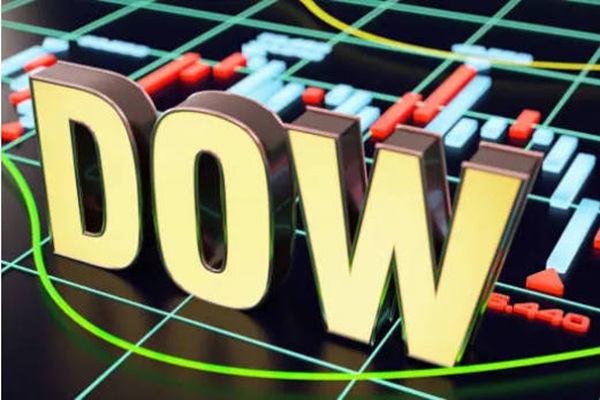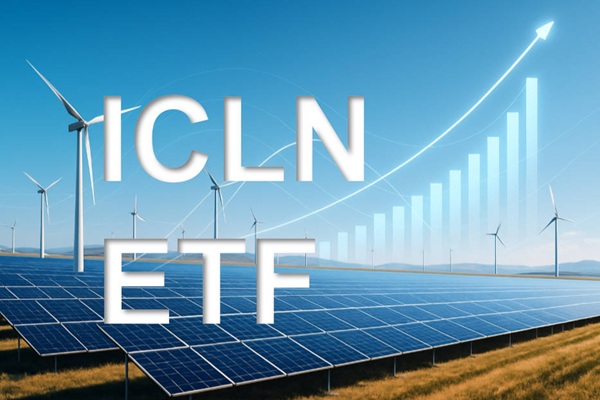US stocks have underperformed the rest of the world this year by the widest
margin in more than three decades as Trump's erratic policymaking sparks massive
outflow from local assets.
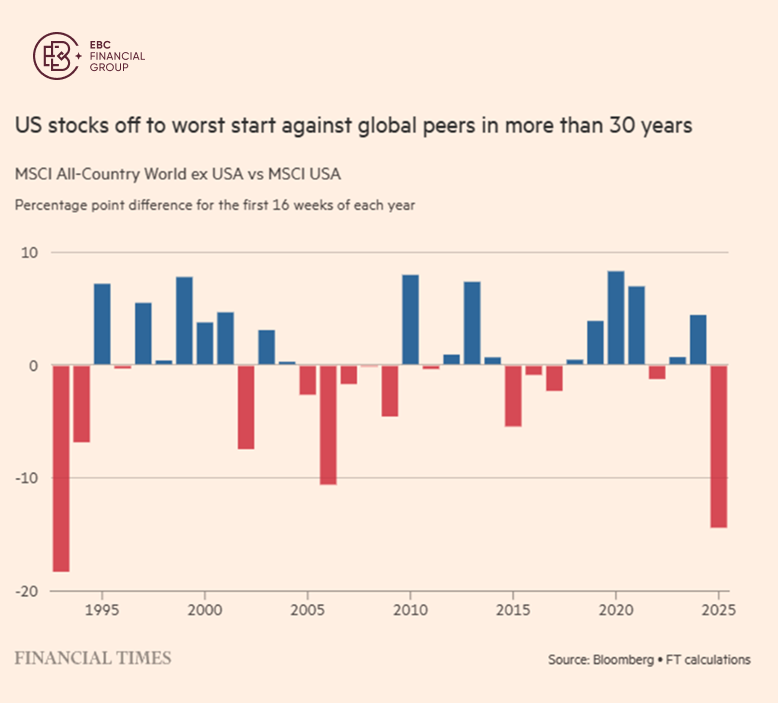
That underlines expectation that the president will take a heavier toll on
the economy, by hurting growth and driving up inflation. The tumbling greenback
has helped widen the gap in performance.
Even so, US equities could remain overvalued. Goldman Sachs estimates that
each 5 percentage point rise in the US tariff rate leads S&P 500 EPS to fall
roughly between 1% and 2%.
The number of earnings downgrades by analysts so far this year has reached
recessionary levels, though the actual magnitudes of the downgrades appear to be
relatively less significant.
There are more reasons to stay cautious. The AI model unveiled by DeepSeek
were presumably trained at a fraction of the cost and computing power of US
rivals, putting billions of capex in doubt.
Therefore, Magnificent Seven, which account for one-third of the S&P
500's market cap, may suffer more pains ahead as the group's forward P/E
multiples are still above pre-pandemic levels.
For years the US has attracted capital by virtue of its deep liquidity,
stability and the safe-haven status of its assets. But political uncertainty is
making it a less reliable place to park capital.
Capital flows back
Now, as the dollar falters on fear the US is heading for a slowdown,
investors say the outlook for developing-world assets hinges on just how much
economic suffering Trump's trade spat will cause.
The hope is growing that developing nations can pull back at least some of
the $211 billion that investors have yanked out of the asset class since 2022,
including about $30 billion this year.
EM has the potential to continue to outperform and draw more funds, said Jeff
Shultz, an economist at BNPP. "But it really depends on what happens over the
next couple of months."
For some, if the US skirts a drastic slowdown while a weaker greenback
persists, EM central banks can cut interest rates to spur growth. China's
commitment to stability also lends some support.
Senior Chinese officials on Monday outlined plans to support jobs and help
exporters, while hinting at the possibility of more stimulus. That came after a
Politburo meeting calling for targeted measures to help businesses.
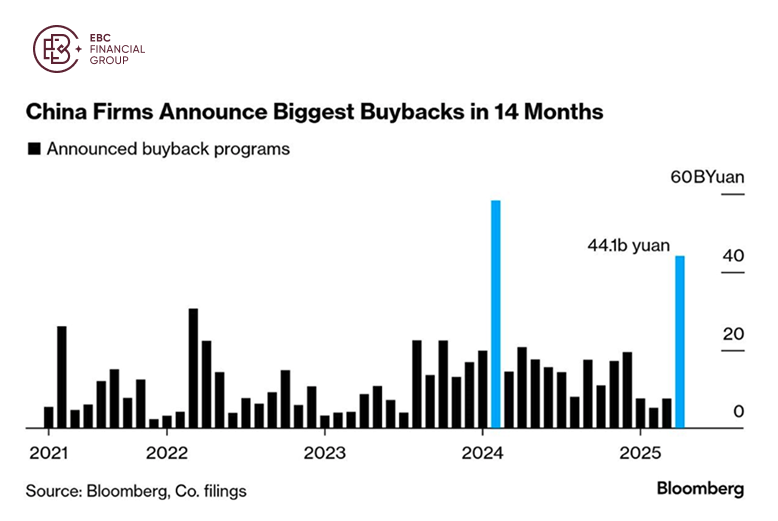
Share repurchases pledged by 139 companies in Shanghai and Shenzhen amounted
to 44.1 billion yuan as of Thursday, the most since February 2024, according to
exchange data compiled by Bloomberg.
China's exports to big developing economies have already more than doubled
since Trump's first presidential term – the reason why it is less threatened by
the US tariff agenda, according to Jefferies.
Asia takes the lead
Asian economies geared for exports and facing some of the highest US
"reciprocal" tariffs are leading the way over their western counterparts in
trade negotiations with the Trump administration.
Tokyo's current top trade negotiator, Ryosei Akazawa, says the two sides are
yet to agree on a full scope of negotiations ahead of his second trip to
Washington for tariff talks, expected in the next few days.
With the US and China at an impasse and other major Asian economies charting
a faster track, US trading partners in North America and Europe are still trying
to understand the basic parameters.
Last week Bessent said the US and South Korea could reach an "agreement of
understanding" on trade as soon as this week. Korean officials say they see
early July as the initial deadline for any concrete deal.
Asian governments are looking to buy more US energy as they scramble to lower
their trade surplus with Washington in hopes of easing their tariff burden.
India has agreed to boost the imports as early as February.
Japanese bonds and stocks are set to draw the biggest combined monthly
foreign inflows on record. Overseas investors' stock purchases hit a two-year
high, adding to signs global funds are seeking alternatives to US assets.
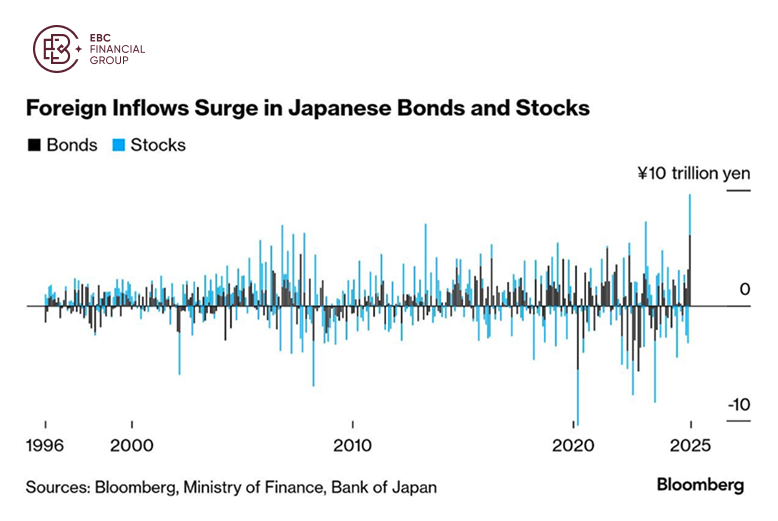
The IMF project growth in APAC will slow to 3.9%t this year but the rate
outpaces the forecast for other emerging markets. The Asian Century will hardly
be ended by headwinds from heightened trade tensions.
Disclaimer: This material is for general information purposes only and is not
intended as (and should not be considered to be) financial, investment or other
advice on which reliance should be placed. No opinion given in the material
constitutes a recommendation by EBC or the author that any particular
investment, security, transaction or investment strategy is suitable for any
specific person.

















